Indicadores
| Título del ítem | Sumario | Categorías | Creado | |
|---|---|---|---|---|
| UK adults seek clarity on the source of their food | 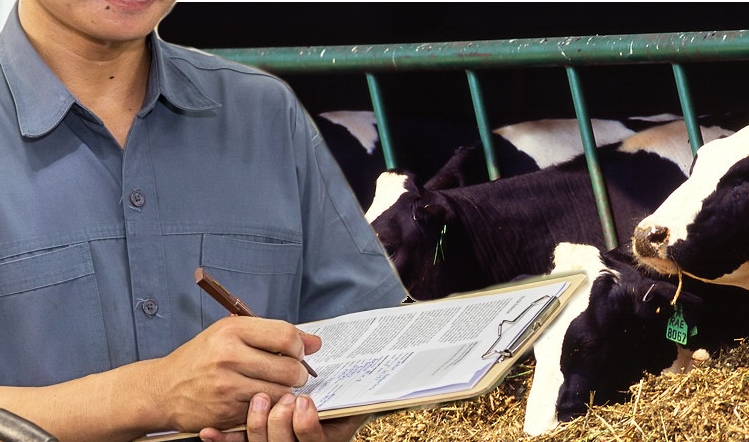 The research found that 70% of UK adults were concerned about the origins of the food they eat, while a further 69% said that farm animal welfare as a key issue for them. In response to these concerns, RSPCA Assured has launched a new online resource to encourage businesses to source higher welfare foods. Links to producersDesigned with foodservice in mind, the resource links businesses with RSPCA Assured producers. It also provides users with step-by-step guides on how to become a member and start using the Assured label. RSPCA Assured head of commercial partnerships Cliona Duffy said: “It lists hundreds of suppliers of RSPCA Assured products across the country, from those offering raw ingredients, such as eggs and chicken, to processed products like liquid eggs, ice-cream and mayonnaise. “So, we hope that both resources will give the foodservice industry the boost it needs to better develop higher welfare supply chains and give those already sourcing higher welfare products the tools to market them and reap the benefits.” Animal welfareThe RSPCA Assured scheme was set up nearly 30 years ago to help improve the welfare of farm animals and give consumers a “greater welfare choice”. More than 12% of UK farm animals are now farmed under the RSPCA Assured scheme, including more than 90% of Scottish farmed salmon and free-range eggs. Meanwhile, the public image of meat has slowly improved despite another challenging year full of crises and rising input costs. With the hype surrounding alternative proteins dying down, how as the meat industry fared this past year? Meanwhile, calls to end ‘fundamentally unfair’ compensation rules for producers affected by the UK’s longest and largest outbreak of bird flu have been made by the Environment, Food and Rural Affairs (EFRA) Committee. |
Reino Unido | Clientes | Intersectorial | Lácteos | Lunes, 12 Diciembre 2022 | |
| Le marché mondial des produits laitiers se cherche |  Les prix du beurre et de la poudre de lait reculent depuis le mois d’août sur le marché européen. Une baisse qui s’est récemment accélérée, pour le beurre, par la disparition des acheteurs. D’une part, leurs besoins ont reculé, conséquence des hauts niveaux de prix et de la baisse des volumes achetés par les ménages. La consommation de beurre recule. D'autre part, les utilisateurs étaient rassurés par les chiffres plus positifs de la collecte laitière. En octobre, on constatait une hausse de 7,5 % sur un an en Irlande et de 2,1 % en Pologne par exemple. |
Mundial | Mercados | Lácteos | Miércoles, 07 Diciembre 2022 | |
| Meat and milk are more sustainable when the grass is greener | 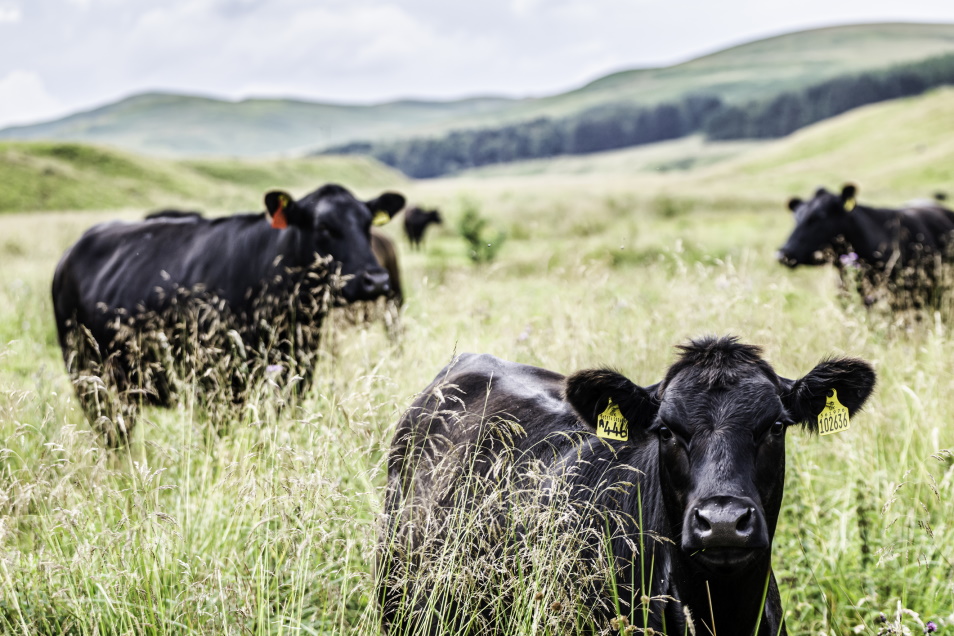 The environmental impact of raising cattle for beef and milk is widely recognised, if not fully understood across different agroecological conditions. Beef and dairy cows take up land, require feed and generate around a third of human-caused methane emissions. Yet unlike other high-emitting sectors, such as aviation, animal agriculture also has the potential to make positive environmental contributions that minimize emissions and increase soil carbon storage, which is vital to limiting temperature rises. New research has uncovered one part of this potential through the use of an improved variety of tropical grass, which – if fulfilled with more investment in innovation, technology and climate finance – can help offset the environmental burden of livestock to sustainably meet rising global demand for animal-source food. Our recent study reveals how Koronivia grass (Urochloa humidicola), which is native to Africa and can feed grazing livestock, can boost levels of soil carbon under rotational grazing management on tropical savannas in Colombia by 15% compared to permanent grassland pasture, thanks to its deep root systems. At the same time, the grass was found to reduce nitrous oxide (N2O) emissions from soil, which are roughly 300 times more potent than carbon dioxide at heating the Earth’s atmosphere. The challenge now is to make full use of this new finding, alongside all possible measures to reduce emissions, to improve the sustainability of cattle production across the tropics and beyond. Thanks to funding from the Bezos Earth Fund, scientists have started comprehensively screening and evaluating up to 200 grass samples from the Future Seeds genebank for the first time to identify other grass varieties that are capable of growing similarly deep roots and achieving superior levels of soil carbon storage in different agro-ecologies. This is an important step towards uncovering the grass varieties suited to different agroclimatic regions where livestock are raised that can also reduce their carbon footprint. At present, the deep rooting ability of grasses is currently assessed by scientists using conventional methods, which can be time-consuming. But additional investment into modern technologies like remote sensing could help scientists to speed up this process without having to dig deep into the soil to catalogue the characteristics of each sample. Once improved samples have been identified and developed using phenotypic and genomic tools, crop scientists need to be able to breed them at scale and get them into the hands of livestock farmers. Countries need to have the resources, infrastructure, and channels in place, therefore, to be able to deliver seeds and planting material for customised forages to as many farmers as possible. Improving the sustainability of livestock is not only essential to the future of the planet, but it is also a decisive factor in protecting the incomes of more than a billion people. Latin America alone produces almost a third of the world’s meat and more than a quarter of cows’ milk, representing 46 per cent of agricultural GDP. And in addition to scaling up improved grasses, working with farmers is critical for developing long-term projects to demonstrate these forages can help to meet criteria set by voluntary carbon markets and can attract much needed climate investments, meaning these investments pay for themselves. While some methane emissions are inevitable in cattle production because they are produced by the animals during digestion, the use of improved grasses can help offset this by increasing the carbon stored in soils, which is something other sectors are rarely able to do. Entering voluntary carbon markets would also then inspire further investment into the livestock sector to continue to improve sustainability. In the last decade, less than one per cent of global climate finance was directed to the livestock sector. And in 2022, the voluntary carbon market reached approximately USD $2 billion, yet there are still no registered livestock carbon projects in Latin America. Animal agriculture, like all other sectors, must play its part in reducing anthropogenic greenhouse gas emissions. But unlike other sectors, livestock production can also make enormous contributions towards soil carbon storage, which offers the greatest opportunity to mitigate the impact of climate change, and attract climate finance. As our understanding of opportunities for carbon storage in soils increases, we must match this pace with investments in the innovation and technologies that can make the grass – and livestock – greener. |
Mundial | Mercados | Producción | Cárnicos | Lácteos | Martes, 06 Diciembre 2022 | |
| Meelk veut être le premier lait végétal bio à diluer | 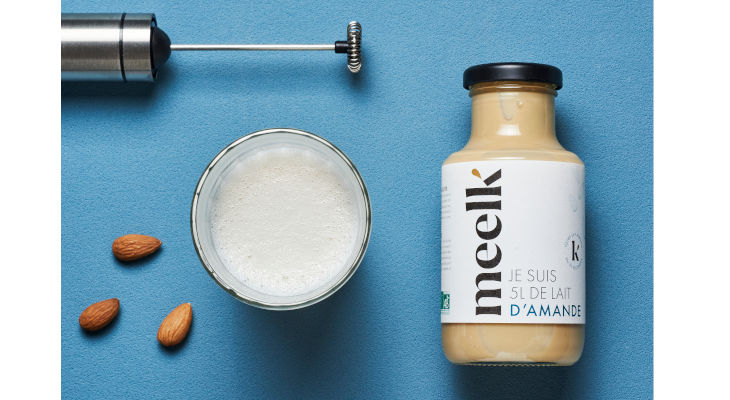
L’idée : Dans une bouteille en verre de 250 g, la préparation permet de réaliser chez soi 5 litres de lait d’amande ou de boisson noisette, ce qui nécessite moins d’emballage, tout en permettant un dosage personnalisé, plus ou moins crémeux. «Meelk est né d’un constat simple : 1 litre de lait acheté dans le commerce contient en moyenne moins de 3% d’amandes ou de noisettes. Le reste? De l’eau, du sucre, des conservateurs, des arômes… Le tout, conditionné dans des tetrapaks qui en plus de créer des déchets supplémentaires, nécessitent une stérilisation qui détruit vitamines, nutriments et goût ! », expliquent Damien Meyrignac et Jean-Christophe Bernard, déjà forts de leur expérience dans le domaine du végétal avec la marque Morice créée en 2017. Ils ont alors l’idée de créer une purée d’amandes et de noisettes afin de permettre au plus grand nombre de pouvoir fabriquer son lait végétal facilement à la maison. Dans une bouteille en verre de 250 g, la préparation permet de réaliser chez soi 5 litres de lait d’amande ou de boisson noisette. De quoi susciter moins d’emballage, tout en permettant un dosage personnalisé, plus ou moins crémeux. Pour l’instant, le projet est au stade de financement, pour pouvoir financer la première production, l’entreprise lance une campagne de financement participatif via Ulule en proposant les 2 premières boissons végétales en pré-commande : le lait d’amande et la boisson noisette. |
Francia | Mercados | Proveedores | Lácteos | Martes, 29 Noviembre 2022 | |
| Chr. Hansen and CP Kelco co-develop shelf-stable, plant-based yoghurt alternatives for consumers ‘unwilling to compromise | 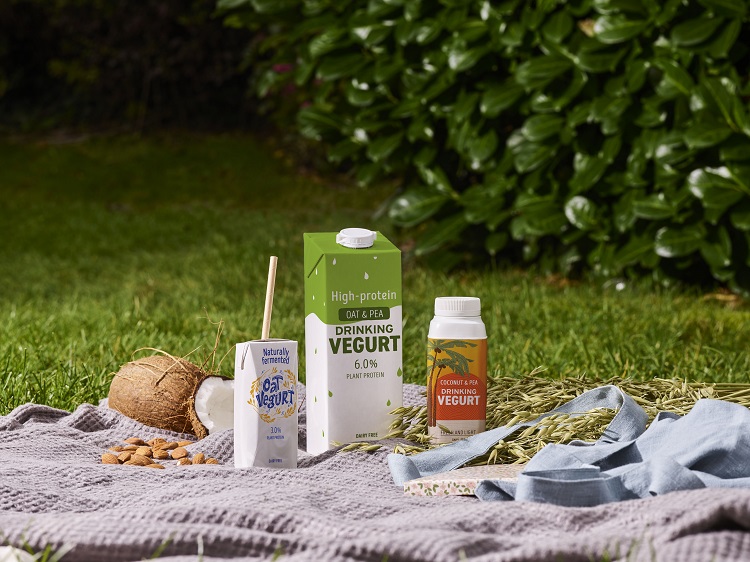 The plant-based dairy alternatives market is booming. According to Fortune Business Insights, the sector is projected to grow from $25.19bn (€20.93bn) this year to $61.43bn by 2029, at a healthy CAGR of 13.58%. Ingredients majors CP Kelco and Chr. Hansen similarly predict growth in this market, noting that shelf-stable alt dairy products in particular can help manufacturers and retailers reduce food waste and increase geographical reach. From the consumer perspective, ambient-stable products offer convenience. But the suppliers – headquartered in the US and Denmark respectively – suggest that convenience alone is not enough: consumers are unwilling to compromise on taste, nutrition, nor the ‘naturalness’ of shelf-stable, plant-based products. In response, CP Kelco and Chr. Hansen have joined forces to take ambient, plant-based yoghurt alternatives, which they call ‘vegurts’, to the ‘next level’. Co-development to meet market requirementsTogether, the companies have produced ‘industrially validated’ prototypes of drinkable and spoonable ‘vegurts’, made with either oat, soy, pea, coconut, or almond bases. “By working together, we have been able to unlock the synergies between ingredients and process to produce a variety of desired thicknesses and mouthfeel,” explained Christian Gilleladen, Principal Application Scientist at Chr. Hansen. The co-development process was truly collaborative, Gilleladen suggested. “These samples aim to show that by working together the collaboration can produce great tasting and nutritional ambient vegurts with a range of textures and across a variety of different plant bases. “The technical and commercial teams met often in each other’s development laboratories to ensure that the products aligned to market requirements and to advance product development.” Anne Sinha, Marketing Director at CP Kelco, added: “We used our global expertise in ambient yoghurt to find the right stabilising system and ensure great texture and mouthfeel over shelf life.” Formulation challengesWhat are they primary challenges when developing ambient, plant-based yoghurt alternatives? According to Chr. Hansen’s Gilleladen, one of the main challenges lies in developing cultures that can robustly ferment the plant bases, removing the strong vegetal flavour notes, and developing fresh fermentation flavours. “Another significant challenge is to find the right stabiliser systems to ensure smooth and stable texture at the required level through the high shear processing required and throughout shelf life at ambient temperature,” he told FoodNavigator. For CP Kelco, too, ensuring stability is a primary concern. “Challenges arise initially because the molecular structure and functionality of plant proteins are different than dairy protein. The plant bases themselves are also unique: working with oat is different than coconut or almond,” Sinha explained. “Additionally, most dairy alternatives are fortified with extra protein, calcium and vitamins, which require help to ensure they all stay evenly suspended. Then, there is the recipe, which requires help ensuring protein stabilisation to prevent aggregation over time in an acidic system and going through the heat treatment. “We want to ensure stability over the shelf life and also deliver the right mouthfeel.” Ambient alt yoghurt ‘relatively new’ to Europe and USGlobally, the ambient plant-based yoghurt category is not new. Most plant-based ‘milks’ are produced using ambient processing, allowing the products to be sold in either ambient or chilled shelves in retail, Gilleladen pointed out. “There are a number of producers already selling ambient plant-based yoghurt alternatives (or as well call them, ‘vegurts’), although most producers of vegurts have launched into the chilled shelves to date with low/no proteins and are less nutritional.” Ambient drinking yoghurts – both dairy and plant-based – have been popular for years in regions outside of Europe, such as China. Dairy-based ambient yoghurts have also gained some traction in the Middle East, India (salted buttermilk), Africa and Latin America, CP Kelco’s Sinha told this publication. “However, ambient vegurts are a relatively new category for the rest of the world, including Europe and North America.” What will drive consumer demand?Despite the ‘vegurt’ category being relatively new to these geographies, both suppliers are convinced their co-developed solutions will meet a variety of consumer demands ranging from convenience, taste, nutrition, and reduced food waste. Ambient products offer significant advantages in terms of sustainability, cost, flexibility in channel strategy including e-commerce, and market reach, explained Gilleladen. “The ambient dairy alternative milks have already taken a significant share of the dairy milk [market], being more convenient as well.” For consumers, Gilleladen believes the ‘biggest barrier’ to regular consumption of vegurts relates to products’ poor taste and mouthfeel compared to dairy equivalents. “The ambient products the collaboration has developed taste great across a range of bases and textures, and offer the convenience of consumption at home or on-the-go.” From CP Kelco’s perspective, the ambient yoghurt alternative category aligns with several trends, including ‘good for you’ protein-packed snacking. In addition, products with a longer shelf life offer ‘great value to consumers, manufacturers, and our planet’, said Sinha. “So much still-edible food is thrown away based on a sell-by date on a label…In addition, ambient products offer manufacturers the ability to sell via e-commerce and in markets where cold chain distribution is not developed. “Consumers also appreciate that they can stock up and store products without worrying about refrigeration too. For example, ambient yoghurt can stay in a child’s backpack until snack time.” |
Mundial | Mercados | Producción | Lácteos | Lunes, 28 Noviembre 2022 | |
| Bulgaria: Dairy and Products Annual |  The Bulgarian dairy industry faced significant challenges in Marketing Year (MY) 2021 with the national dairy herd, cow milk production and collection, as well as processing contracting. A dry and hot summer, combined with increasing feed grain prices, inflation pressure (especially of energy supply), and a labor deficit led to a decline in the number of dairy farms and stocks. Consolidation and restructuring of the industry continued through the dominating role of larger, more efficient dairy operations. The process was further accelerated in MY 2022 due to another hot and dry summer season, skyrocketing feed prices, inflation reaching almost 20 percent, and deteriorating consumer demand due to higher prices of dairy products. Industry development was also impacted by repercussions of the war in Ukraine. FAS/Sofia (Post) expects that with recently increased prices for fresh milk, better controlled inflation and softening feed grain prices, the dairy industry should stabilize and start recovering in MY 2023. |
Mundial | Mercados | Estudios de mercado | Lácteos | Jueves, 17 Noviembre 2022 | |
| Bel et Standing Ovation veulent accélérer le déploiement des protéines alternatives | 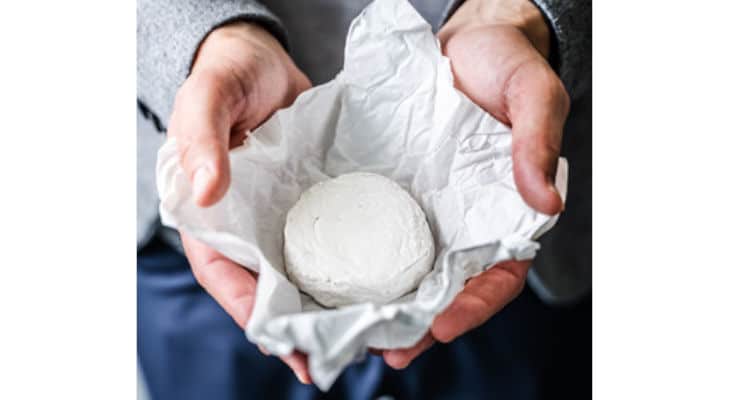
Standing Ovation a mis au point un procédé novateur de fermentation de précision, qui permet de produire des caséines, d’origine non animale. Ces protéines, en tous points identiques à celles naturellement présentes dans le lait, offriront toutes les qualités nutritionnelles et les fonctionnalités du fromage et assureront son bon goût traditionnel. Elles ouvrent aussi la voie à des produits à plus faible impact environnemental et plus accessibles. Bel et Standing Ovation annoncent nouer un partenariat exclusif. Bel était déjà rentré au capital de Standing Ovation au cours de sa levée de fond, annoncée en septembre dernier. L’entreprise et la start-up travailleront ensemble à valoriser les caséines, principales protéines du lait, produites grâce à la technologie de Standing Ovation, dans les offres d’alternatives aux fromages de Bel. Ce partenariat représente un levier compétitif unique pour les deux acteurs. Bel poursuit ainsi sa stratégie d’innovation au service du futur de l’alimentation. Standing Ovation accélère le développement de sa technologie et sa mise en application concrète. Pour nourrir 10 milliards d’êtres humains en 2050, la diversification des ressources en protéines de qualité sera indispensable. Face à ce constat, le Groupe Bel fait le choix de s’engager en faveur des protéines du futur, en complémentarité de son offre historique laitière, et de son offre fruitière et végétale. Pour cela, le Groupe signe un partenariat exclusif dans le domaine des applications fromagères avec la start-up française Standing Ovation. Un procédé novateur de fermentation de précisionStanding Ovation a mis au point un procédé novateur de fermentation de précision, qui permet de produire des caséines, d’origine non animale. Ces protéines, en tous points identiques à celles naturellement présentes dans le lait, offriront toutes les qualités nutritionnelles et les fonctionnalités du fromage et assureront son bon goût traditionnel. Elles ouvrent aussi la voie à des produits à plus faible impact environnemental et plus accessibles. Ensemble, les équipes scientifiques de Bel et Standing Ovation travailleront au centre de Recherche & Développement de Bel à Vendôme (France), et dans les locaux de Standing Ovation en région parisienne, pour poursuivre les travaux sur les applications de la technologie de Standing Ovation pour certains produits de Bel. Dans le cadre de cette collaboration, Standing Ovation amènera sa capacité à produire des caséines par fermentation et Bel son savoir-faire fromager unique, et sa capacité à intégrer l’innovation dans ses produits et procédés. «Les caséines sont indispensables à la qualité des fromages, elles véhiculent la nutrition et apportent la fermeté, le fondant et le filant des fromages. La technologie de Standing Ovation associée à nos connaissances des liens entre structure et fonction permettra de développer toutes ces fonctionnalités et bien plus encore » a déclaré Anne Pitkowski, directrice Recherche et Applications du groupe Bel. «Nous avons développé un procédé unique pour la production de caséines non-animales. Notre ambition est aujourd’hui de voir arriver rapidement sur le marché les premiers produits, avec une très large diffusion. Nous sommes fiers de nous associer au Groupe Bel pour accélérer le déploiement de ces protéines alternatives, dont le marché est en train de croître de façon exponentielle, et où nous souhaitons jouer un rôle clé» ont expliqué de leur côté Frédéric Pâques et Romain Chayot, respectivement Président et Directeur Scientifique, co-fondateurs de Standing Ovation. |
Francia | Mercados | Producción | Lácteos | Jueves, 17 Noviembre 2022 | |
| Nutrition: Plant-based drinks ‘not real alternatives to dairy milk – study | 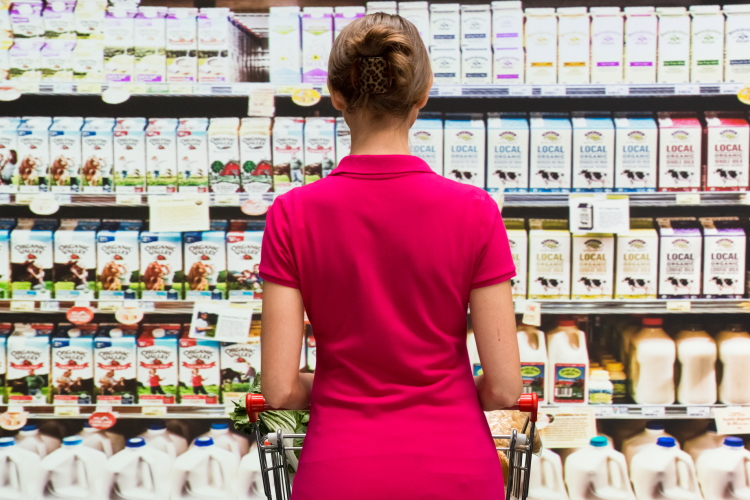 The study, carried out by Swiss scholars and nutrition experts, analyzed the nutrient profile of 27 samples of plant-based beverages and two of cow’s milk were compared. The plant drinks, 13 of which were fortified, were collected from two major supermarkets in Bern and included soy, almond, cashew, coconut, hemp, oat, rice and spelt. To compare nutrient and energy intakes, the researchers used the dietary reference values for Germany, Austria and Switzerland and also estimated the quality of proteins through calculating the digestible indispensable amino acid score (DIAAS). Nutrients such as vitamins C, A, E, D2, K1 and K2 were analyzed as well as phosphorus, sodium, manganese, magnesium, potassium, iron, copper, calcium, zinc, iodine, biotin, niacin, pantothenic acid, and others. Unlike similar research conducted in the past which relied on labelling information to determine nutrient content levels and only evaluated a handful of nutrients, the Swiss study investigated each product sample in a laboratory to determine its nutrient composition and quality. Under the microscopeAccording to the laboratory analysis, vitamin C, A and K2 could not be detected in the measured plant-based drinks, with B2, B12 and D2 almost absent in non-fortified varieties. The researchers noted that the absence of some vitamins, such as the heat-sensitive C, B1 and A, could be down to food processing conditions. Meanwhile, plant-based alternatives offered high vitamin E content, particularly almond and soy, whilst K1 concentrations were ‘significant’ in cashew and soy drinks. |
Mundial | Mercados | Lácteos | Domingo, 13 Noviembre 2022 | |
| The rise and rise of oatmilk: 'We're growing significantly faster than the rest of the brands in the category,' says SunOpta CEO | 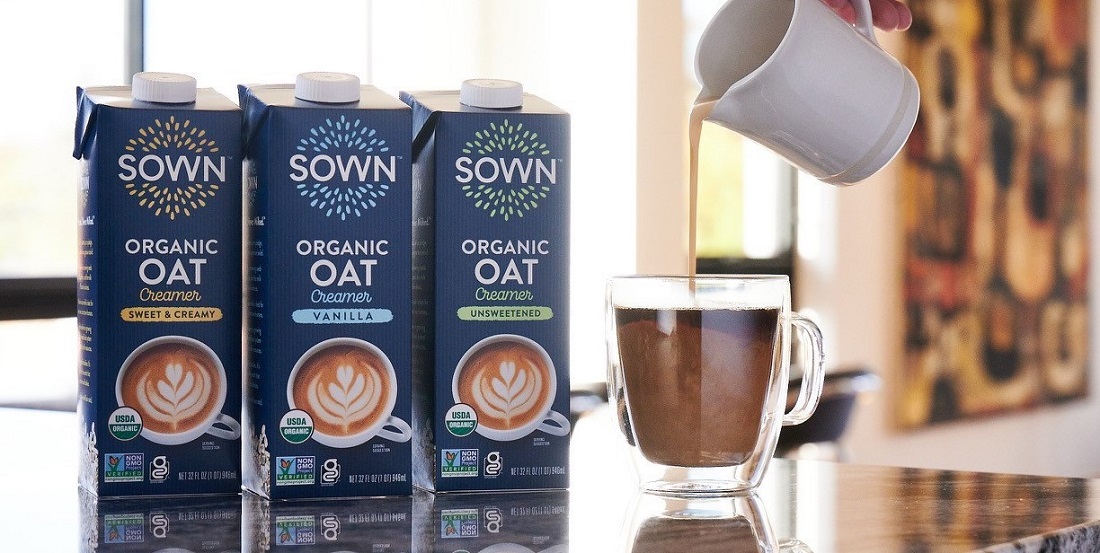 SunOpta posted $229.7m in revenue for the third quarter ended Oct. 1, 2022, a 15.7% increase compared the Q3 2021 driven by 19.9% growth in the company's plant-based segment led by the growth of oatmilk. The company, which manufactures private label, name brands, and its own brands (SOWN and Dream), saw the fastest growth among its own-branded plant-based milks business with revenues up 41% vs. one year ago and volume gains of 33%. "We continue to see very strong top-line growth. The consumer continues to spend money in the category," SunOpta CEO Joe Ennen told FoodNavigator-USA. Ennen said that despite whatever economic or financial strain consumers are feeling, plant-based milks are one area they'd be hard-pressed to give up. "The reason for that is there are very strong underlying bedrock consumer drivers of plant-based milk that supersede whatever’s going on in the economy. So when the economy’s tight you may forego a Hawaii vacation or a new car or remodeling your kitchen, but most people are loath to trade out products they think are contributing to their health," he noted, pointing out that many consumers who grew up drinking plant-based milks simply prefer the taste over cow's milk or for the many Americans who are lactose intolerant, dairy milk is not a practical dietary option. Oatmilk on fireSunOpta, which manufactures a full suite of plant-based milks (i.e. almond, coconut, rice, soy), continues to see its oatmilk business (private label, name brands, and own brands) take off. |
EEUU | Lácteos | Mercados | Clientes | Jueves, 10 Noviembre 2022 | |
| ‘Dairy is ripe for innovation: ADM outlines the key trends for dairy, from consumer demands to R&D opportunities | 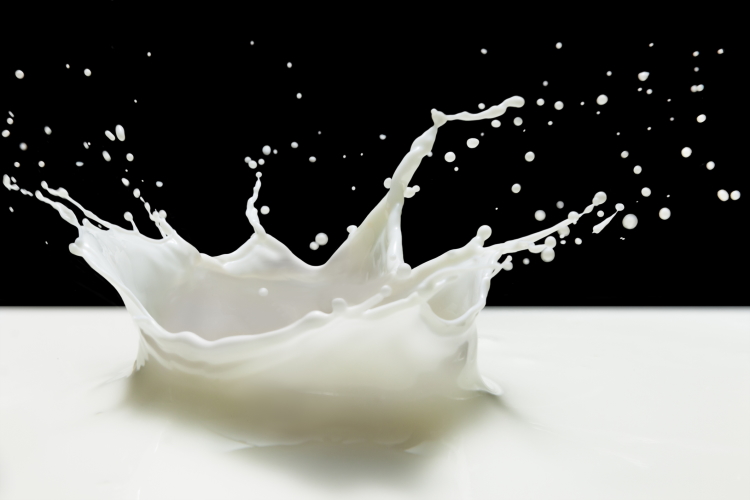 The Chicago-based multi-national identified eight key consumer trends across human, animal and pet nutrition. These include expanded protein choices, balanced wellness, proactive personalization, trust and traceability, social impact, earth-friendly production and experiential eating. The company has found that almost half (49%) of global consumers claim to have adjusted their diet to lead a more sustainable lifestyle and that around a third (30%) have chosen to boycott a brand or product due to its ethical credentials. Farmer and worker rights are also of growing priority, with 40% stating that they seek out brands that treat farmers and growers ethically. Flexitarian diets feed alt protein demandThe portion of flexitarian diets now stands at 52% according to the company, with consumers who incorporate both animal- and plant-based diets or other alternative proteins forming a majority. “Alternative protein sources continue to be a vast and fast-growing space due to the need to feed a growing population, as well as heightened consumer demand for solutions that support their desires to diversify their diet,” explained Brand Schwan, vice-president of marketing for ADM. Technology, such as precision fermentation, is also playing a bigger part in the alt protein scene. “Technology is an essential piece of the puzzle, with capabilities like precision fermentation enabling new ways to bring alternative options to consumers. To support this, we’re bringing our industry-leading fermentation expertise and capabilities into our partnerships with food-tech companies, such as our first-of-its-kind joint venture with Temasek’s Asia Sustainable Foods Platform, ScaleUp Bio. Plus, we recently announced our investment in and partnership with New Culture, which uses precision fermentation to make an animal-free casein protein, which is revolutionary for alternative cheese options.” |
Mundial | Mercados | Clientes | Lácteos | Martes, 08 Noviembre 2022 |
Página 2 de 7


